1. Frank CA, Nikolai RJ. 1980; A comparative study of frictional resistances between orthodontic bracket and arch wire. Am J Orthod. 78:593–609. DOI:
10.1016/0002-9416(80)90199-2. PMID:
6935961.

2. Kusy RP, Whitley JQ. 1999; Influence of archwire and bracket dimensions on sliding mechanics: derivations and determinations of the critical contact angles for binding. Eur J Orthod. 21:199–208. DOI:
10.1093/ejo/21.2.199. PMID:
10327744.

3. Wichelhaus A, Geserick M, Hibst R, Sander FG. 2005; The effect of surface treatment and clinical use on friction in NiTi orthodontic wires. Dent Mater. 21:938–45. DOI:
10.1016/j.dental.2004.11.011. PMID:
15923033.

4. Kojima Y, Fukui H. 2005; Numerical simulation of canine retraction by sliding mechanics. Am J Orthod Dentofacial Orthop. 127:542–51. DOI:
10.1016/j.ajodo.2004.12.007. PMID:
15877034.

5. Pilon JJ, Kuijpers-Jagtman AM, Maltha JC. 1996; Magnitude of orthodontic forces and rate of bodily tooth movement. An experimental study. Am J Orthod Dentofacial Orthop. 110:16–23. DOI:
10.1016/S0889-5406(96)70082-3. PMID:
8686673.

7. Burrow SJ. 2009; Friction and resistance to sliding in orthodontics: a critical review. Am J Orthod Dentofacial Orthop. 135:442–7. DOI:
10.1016/j.ajodo.2008.09.023. PMID:
19361729.

8. Mendes K, Rossouw PE. 2003; Friction: validation of manufacturer's claim. Semin Orthod. 9:236–50. DOI:
10.1016/j.sodo.2003.08.004.

9. Muguruma T, Iijima M, Brantley WA, Mizoguchi I. 2011; Effects of a diamond-like carbon coating on the frictional properties of orthodontic wires. Angle Orthod. 81:141–8. DOI:
10.2319/052110-276.1. PMID:
20936967.

11. Kapur R, Sinha PK, Nanda RS. 1999; Comparison of frictional resistance in titanium and stainless steel brackets. Am J Orthod Dentofacial Orthop. 116:271–4. DOI:
10.1016/S0889-5406(99)70237-4. PMID:
10474098.

12. Arici N, Akdeniz BS, Arici S. 2015; Comparison of the frictional characteristics of aesthetic orthodontic brackets measured using a modified in vitro technique. Korean J Orthod. 45:29–37. DOI:
10.4041/kjod.2015.45.1.29. PMID:
25667915. PMCID:
PMC4320315.
13. Loftus BP, Artun J, Nicholls JI, Alonzo TA, Stoner JA. 1999; Evaluation of friction during sliding tooth movement in various bracket-arch wire combinations. Am J Orthod Dentofacial Orthop. 116:336–45. DOI:
10.1016/S0889-5406(99)70247-7. PMID:
10474108.

15. Doshi UH, Bhad-Patil WA. 2011; Static frictional force and surface roughness of various bracket and wire combinations. Am J Orthod Dentofacial Orthop. 139:74–9. DOI:
10.1016/j.ajodo.2009.02.031. PMID:
21195280.

16. Cacciafesta V, Sfondrini MF, Ricciardi A, Scribante A, Klersy C, Auricchio F. 2003; Evaluation of friction of stainless steel and esthetic self-ligating brackets in various bracket-archwire combinations. Am J Orthod Dentofacial Orthop. 124:395–402. DOI:
10.1016/S0889-5406(03)00504-3. PMID:
14560269.

17. Alfonso MV, Espinar E, Llamas JM, Rupérez E, Manero JM, Barrera JM, et al. 2013; Friction coefficients and wear rates of different orthodontic archwires in artificial saliva. J Mater Sci Mater Med. 24:1327–32. DOI:
10.1007/s10856-013-4887-4. PMID:
23440428.

18. Krishnan V, Ravikumar KK, Sukumaran K, Kumar KJ. 2012; In vitro evaluation of physical vapor deposition coated beta titanium orthodontic archwires. Angle Orthod. 82:22–9. DOI:
10.2319/040811-251.1. PMID:
21749248.

19. Farronato G, Maijer R, Carìa MP, Esposito L, Alberzoni D, Cacciatore G. 2012; The effect of Teflon coating on the resistance to sliding of orthodontic archwires. Eur J Orthod. 34:410–7. DOI:
10.1093/ejo/cjr011. PMID:
21478301.

20. Kang T, Huang SY, Huang JJ, Li QH, Diao DF, Duan YZ. 2015; The effects of diamond-like carbon films on fretting wear behavior of orthodontic archwire-bracket contacts. J Nanosci Nanotechnol. 15:4641–7. DOI:
10.1166/jnn.2015.9788. PMID:
26369091.

21. Zuo J, Xie Y, Zhang J, Wei Q, Zhou B, Luo J, et al. 2015; TiN coated stainless steel bracket: tribological, corrosion resistance, biocompatibility and mechanical performance. Surf Coat Technol. 277:227–33. DOI:
10.1016/j.surfcoat.2015.07.009.

22. Horiuchi Y, Horiuchi M, Hanawa T, Soma K. 2007; Effect of surface modification on the photocatalysis of Ti-Ni alloy in orthodontics. Dent Mater J. 26:924–9. discussion 73–4. DOI:
10.4012/dmj.26.924. PMID:
18203500.

24. Neumann P, Bourauel C, Jäger A. 2002; Corrosion and permanent fracture resistance of coated and conventional orthodontic wires. J Mater Sci Mater Med. 13:141–7. DOI:
10.1023/A:1013831011241. PMID:
15348635.
25. Muguruma T, Iijima M, Brantley WA, Nakagaki S, Endo K, Mizoguchi I. 2013; Frictional and mechanical properties of diamond-like carbon-coated orthodontic brackets. Eur J Orthod. 35:216–22. DOI:
10.1093/ejo/cjr113. PMID:
21934113.

26. Bandeira AM, dos Santos MP, Pulitini G, Elias CN, da Costa MF. 2011; Influence of thermal or chemical degradation on the frictional force of an experimental coated NiTi wire. Angle Orthod. 81:484–9. DOI:
10.2319/042810-232.1. PMID:
21299382.

28. Zuo J, Keil P, Grundmeier G. 2012; Synthesis and characterization of photochromic Ag-embedded TiO2 nanocomposite thin films by non-reactive RF-magnetron sputter deposition. Appl Surf Sci. 258:7231–7. DOI:
10.1016/j.apsusc.2012.04.054.

29. Kuo CG, Hsu CY, Wang SS, Wen DC. 2012; Photocatalytic characteristics of TiO2 films deposited by magnetron sputtering on polycarbonate at room temperature. Appl Surf Sci. 258:6952–7. DOI:
10.1016/j.apsusc.2012.03.142.

30. Abraham KS, Jagdish N, Kailasam V, Padmanabhan S. 2017; Streptococcus mutans adhesion on nickel titanium (NiTi) and copper-NiTi archwires: a comparative prospective clinical study. Angle Orthod. 87:448–54. DOI:
10.2319/040516-270.1. PMID:
27849122.

31. Cao B, Wang Y, Li N, Liu B, Zhang Y. 2013; Preparation of an orthodontic bracket coated with an nitrogen-doped TiO2-xNy thin film and examination of its antimicrobial performance. Dent Mater J. 32:311–6. DOI:
10.4012/dmj.2012-155. PMID:
23538768.

32. Park JB, Kim YK. Bronzino JD, editor. 2000. Metallic biomaterials. The biomedical engineering handbook. 2nd ed. CRC Press;Boca Raton:

33. Rahmati M, Mozafari M. 2019; Biocompatibility of alumina-based biomaterials-a review. J Cell Physiol. 234:3321–35. DOI:
10.1002/jcp.27292. PMID:
30187477.

34. Kao CT, Ding SJ, Chen YC, Huang TH. 2002; The anticorrosion ability of titanium nitride (TiN) plating on an orthodontic metal bracket and its biocompatibility. J Biomed Mater Res. 63:786–92. DOI:
10.1002/jbm.10484. PMID:
12418025.

35. Chung KH, Liu GT, Duh JG, Wang JH. 2004; Biocompatibility of a titanium-aluminum nitride film coating on a dental alloy. Surf Coat Technol. 188-189:745–9. DOI:
10.1016/j.surfcoat.2004.07.050.

36. Rahman SU, Ogwu AA. Ahmed W, Phoenix DA, Jackson MJ, Charalambous CP, editors. 2020. Corrosion and Mott-Schottky probe of chromium nitride coatings exposed to saline solution for engineering and biomedical applications. Advances in medical and surgical engineering. Academic Press;London: p. 239–65. DOI:
10.1016/B978-0-12-819712-7.00013-9. PMID:
33184138.

37. Pappas MJ, Makris G, Buechel FF. 1995; Titanium nitride ceramic film against polyethylene. A 48 million cycle wear test. Clin Orthop Relat Res. (317):64–70. PMID:
7671497.
38. Gil FJ, Solano E, Campos A, Boccio F, Sáez I, Alfonso MV, et al. 1998; Improvement of the friction behaviour of NiTi orthodontic archwires by nitrogen diffusion. Biomed Mater Eng. 8:335–42. PMID:
10081596.
39. Kao CT, Guo JU, Huang TH. 2011; Comparison of friction force between corroded and noncorroded titanium nitride plating of metal brackets. Am J Orthod Dentofacial Orthop. 139:594–600. DOI:
10.1016/j.ajodo.2009.06.034. PMID:
21536201.

40. Xu JL, Liu F, Wang FP, Yu DZ, Zhao LC. 2009; The corrosion resistance behavior of Al2O3 coating prepared on NiTi alloy by micro-arc oxidation. J Alloy Compd. 472:276–80. DOI:
10.1016/j.jallcom.2008.04.064.

41. Liu F, Shimizu T, Yue Q, Xu J, Wang F. 2010; Structure and tribological properties of micro-arc oxidation coatings for reduction of Ni2+ ion release on biomedical NiTi alloy. J Ceram Soc Jpn. 118:357–61. DOI:
10.2109/jcersj2.118.357.

42. Jagielski J, Khanna AS, Kucinski J, Mishra DS, Racolta P, Sioshansi P, et al. 2000; Effect of chromium nitride coating on the corrosion and wear resistance of stainless steel. Appl Surf Sci. 156:47–64. DOI:
10.1016/S0169-4332(99)00350-5.

43. Drescher D, Bourauel C, Schumacher HA. 1989; Frictional forces between bracket and arch wire. Am J Orthod Dentofacial Orthop. 96:397–404. DOI:
10.1016/0889-5406(89)90324-7. PMID:
2816839.

44. Ganss C, Schlueter N, Preiss S, Klimek J. 2009; Tooth brushing habits in uninstructed adults--frequency, technique, duration and force. Clin Oral Investig. 13:203–8. DOI:
10.1007/s00784-008-0230-8. PMID:
18853203.

45. Downing A, McCabe JF, Gordon PH. 1995; The effect of artificial saliva on the frictional forces between orthodontic brackets and archwires. Br J Orthod. 22:41–6. DOI:
10.1179/bjo.22.1.41. PMID:
7786865.

46. Pratten DH, Popli K, Germane N, Gunsolley JC. 1990; Frictional resistance of ceramic and stainless steel orthodontic brackets. Am J Orthod Dentofacial Orthop. 98:398–403. DOI:
10.1016/S0889-5406(05)81647-6. PMID:
2239837.

47. Stannard JG, Gau JM, Hanna MA. 1986; Comparative friction of orthodontic wires under dry and wet conditions. Am J Orthod. 89:485–91. DOI:
10.1016/0002-9416(86)90006-0. PMID:
3459362.

48. Kusy RP, Whitley JQ. 2003; Influence of fluid media on the frictional coefficients in orthodontic sliding. Semin Orthod. 9:281–9. DOI:
10.1016/j.sodo.2003.08.007.





 PDF
PDF Citation
Citation Print
Print



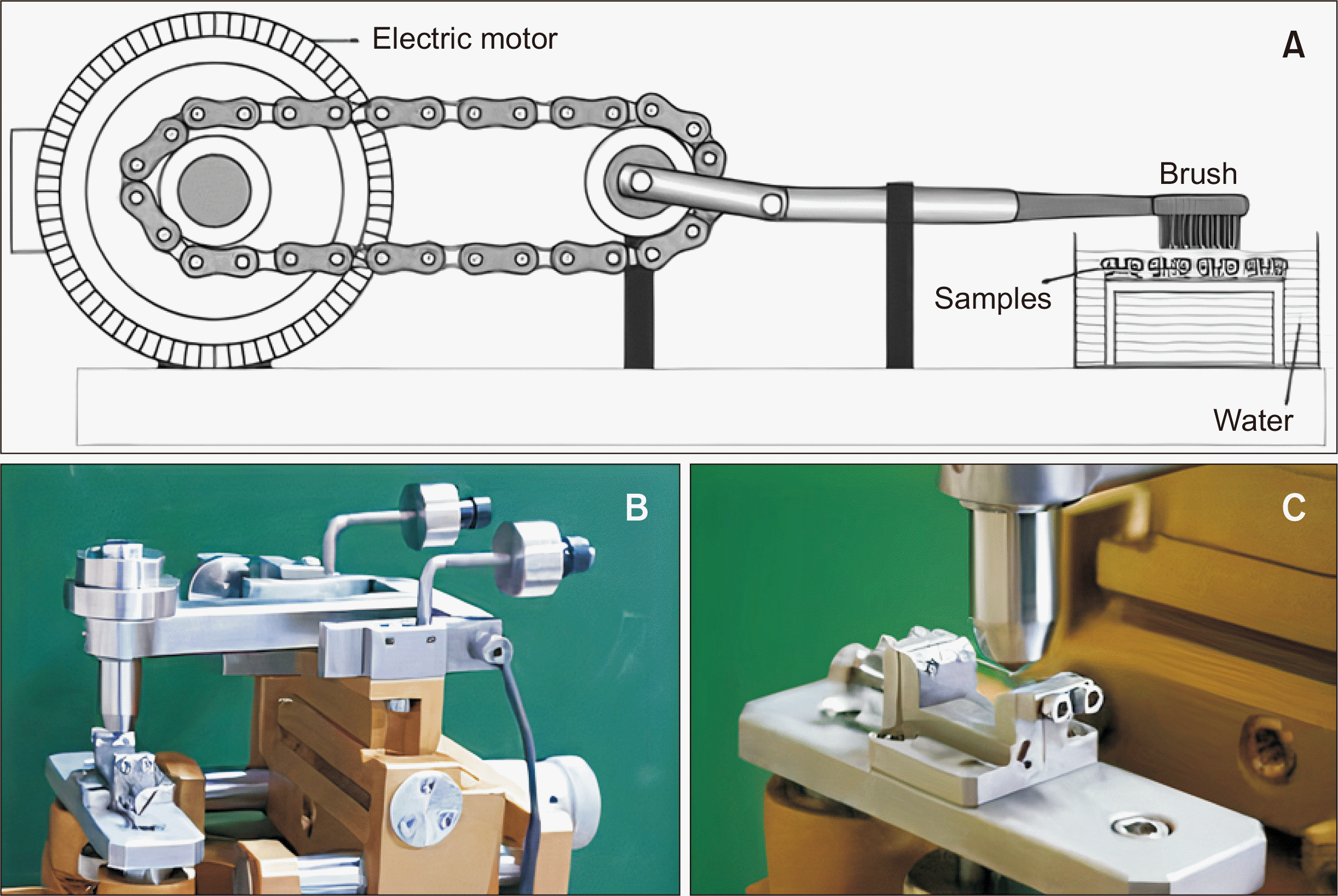
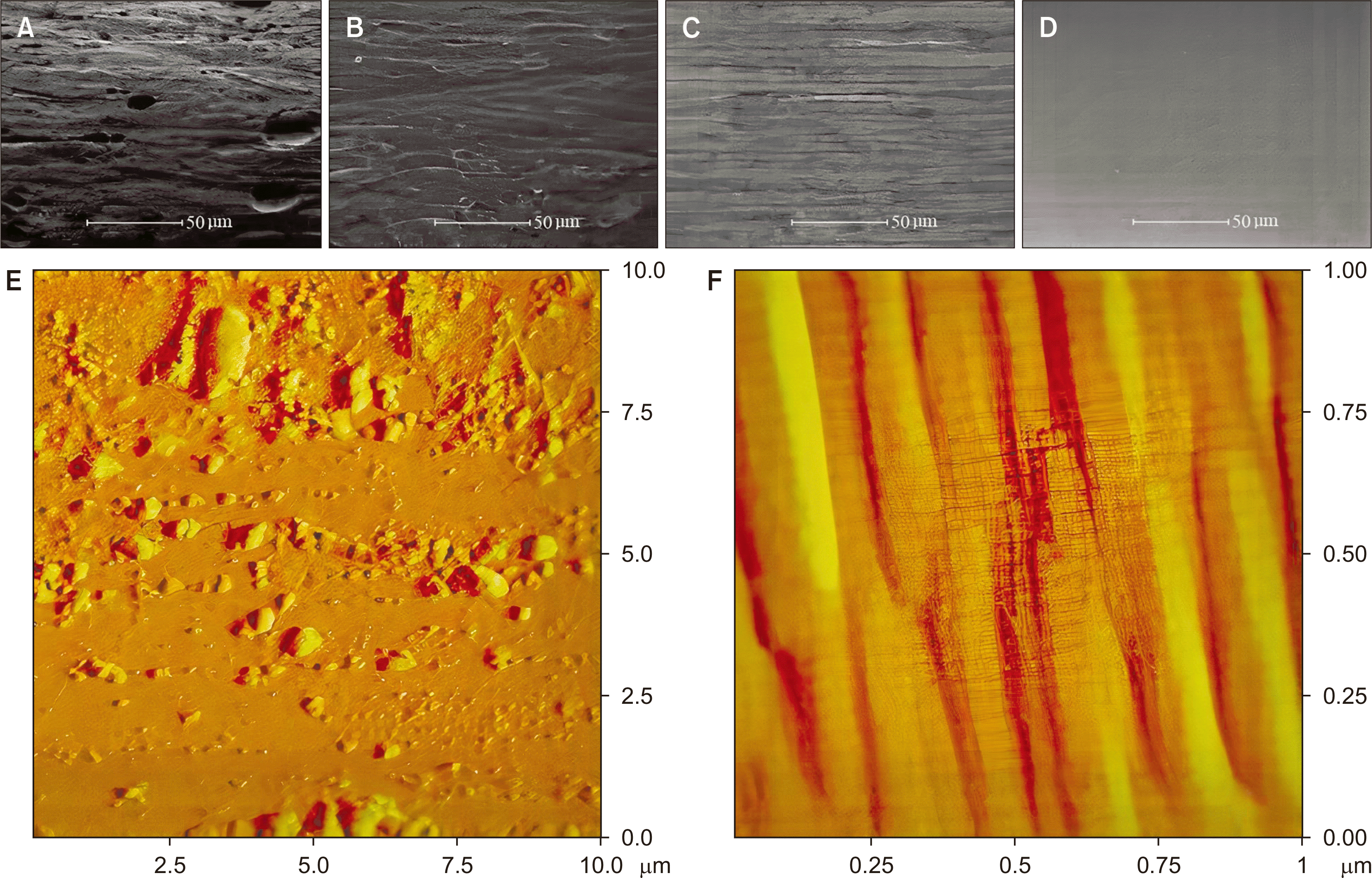
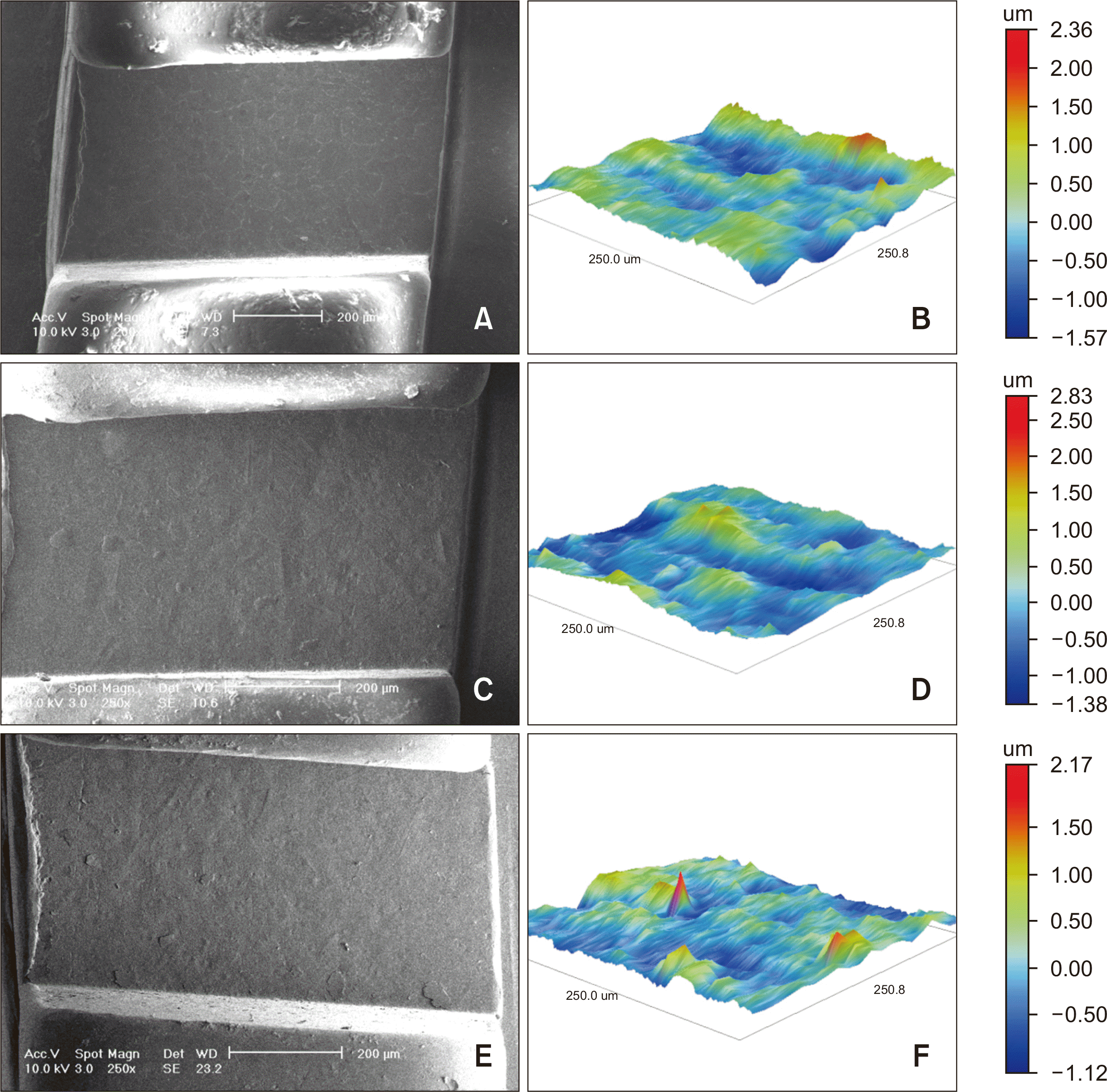
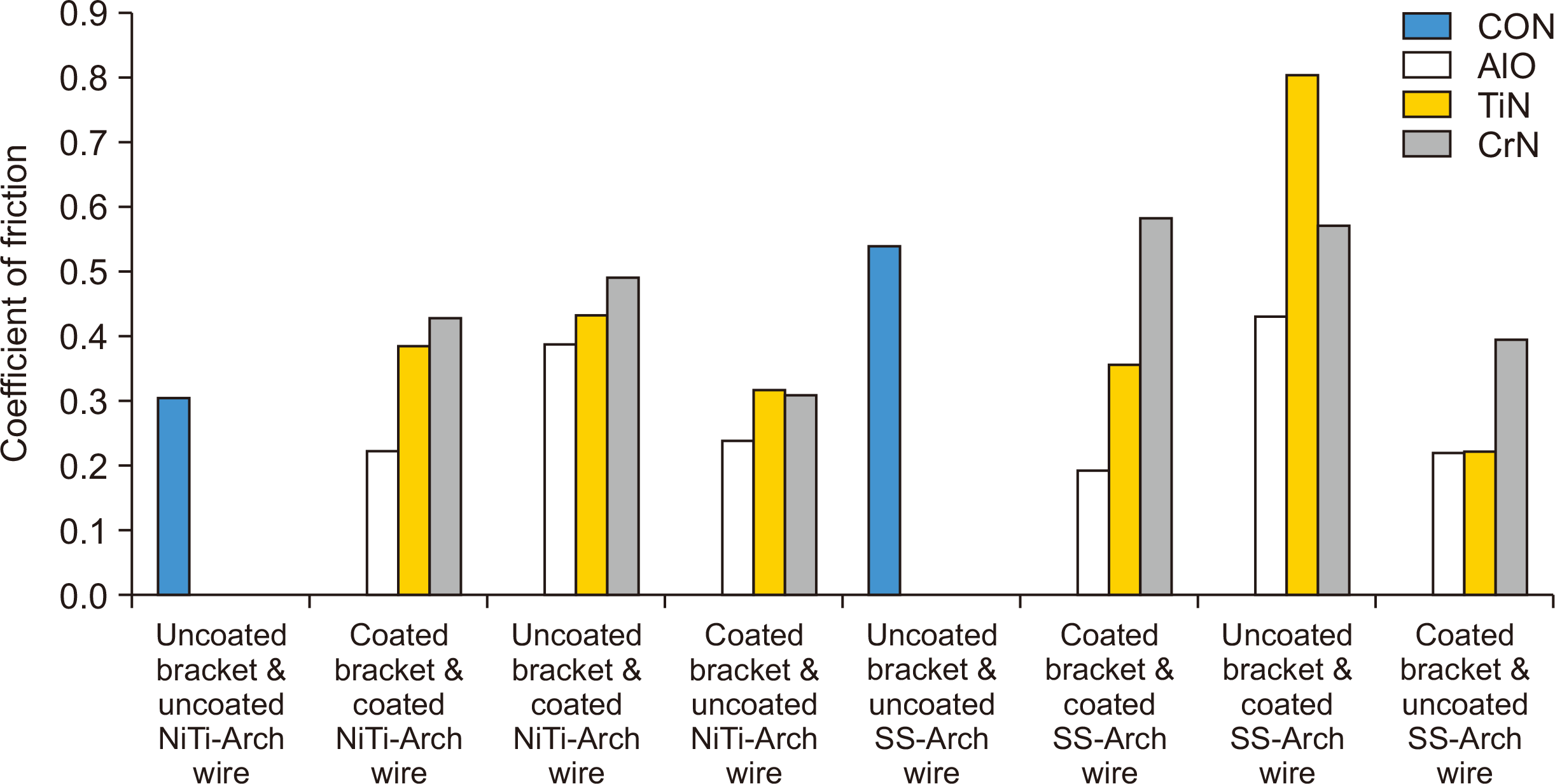
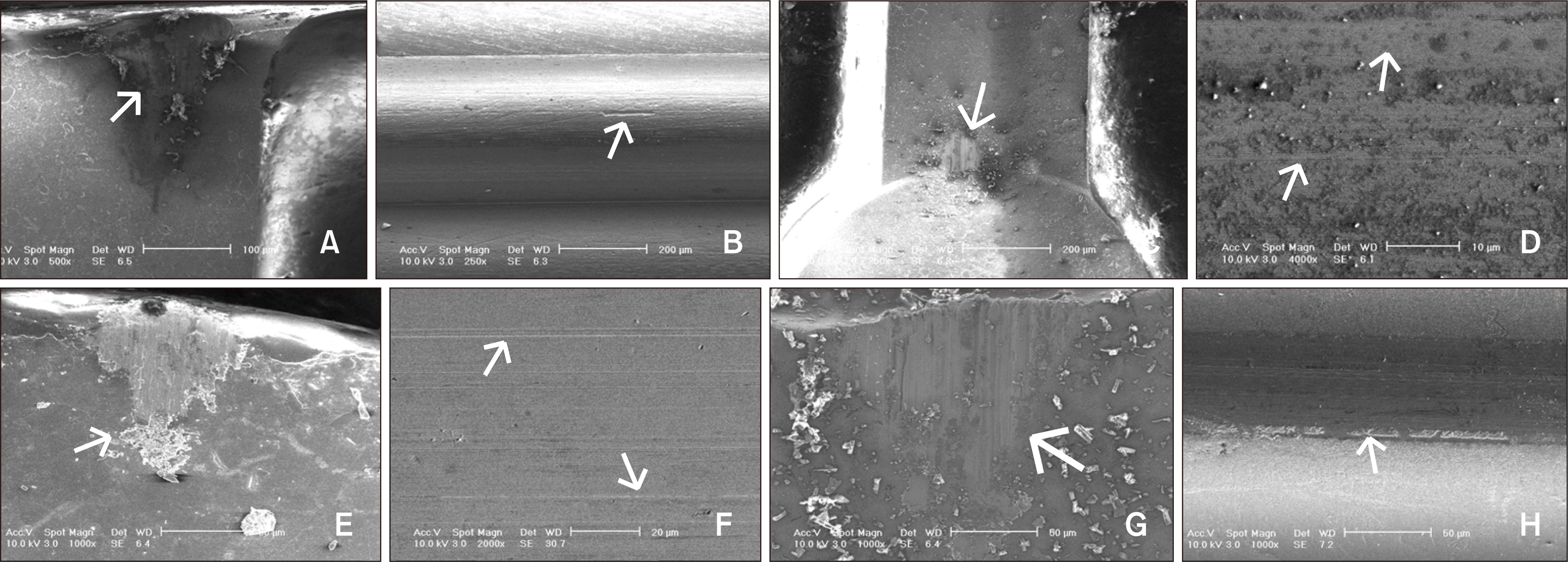
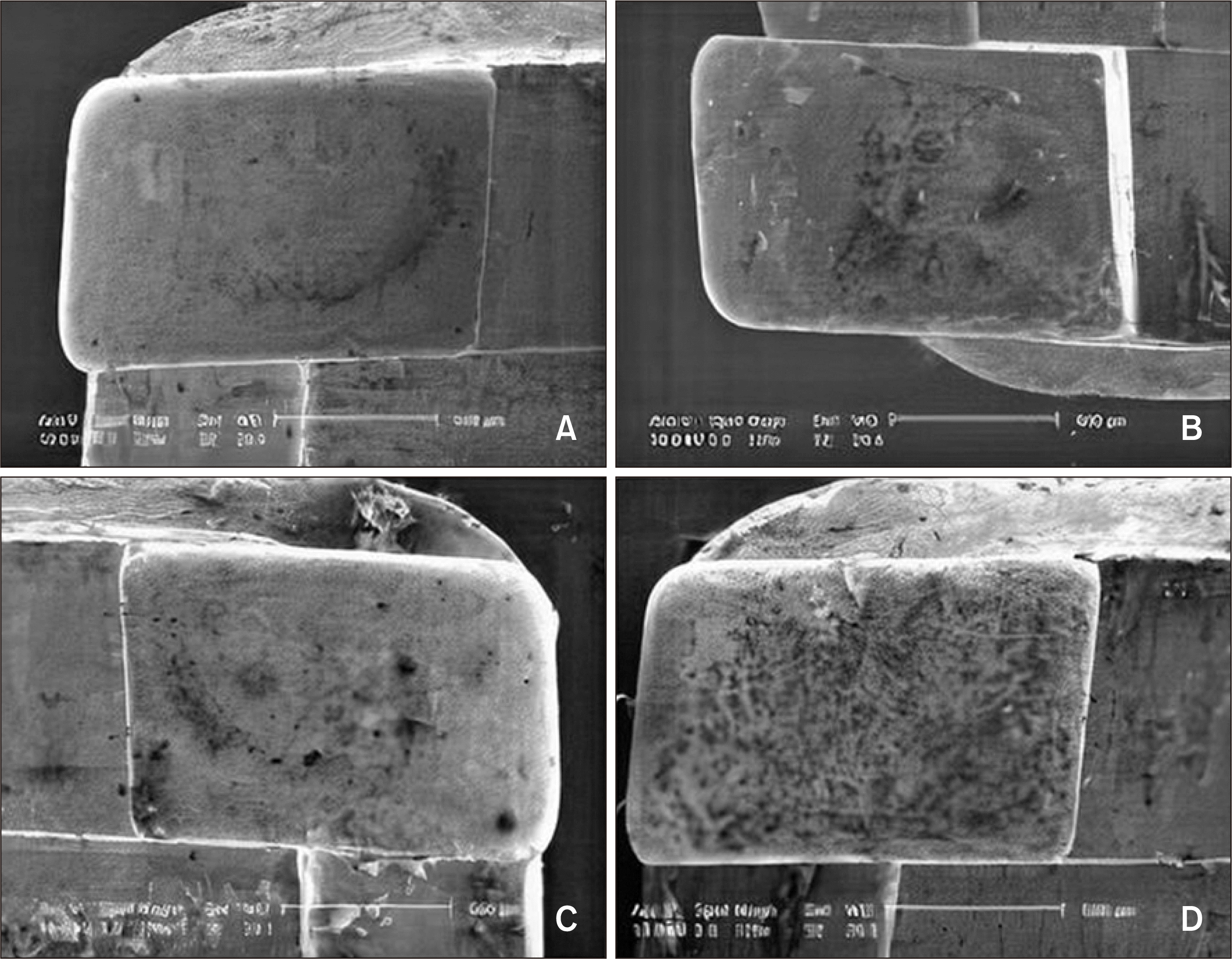
 XML Download
XML Download